
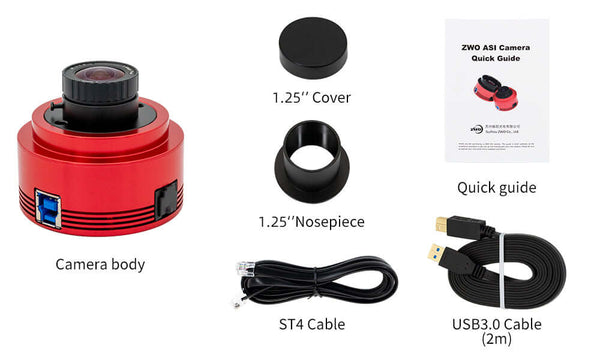

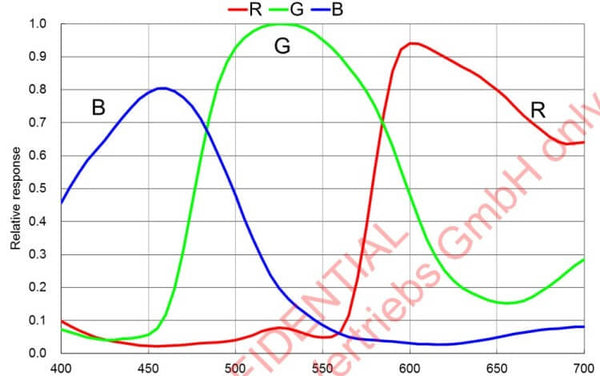
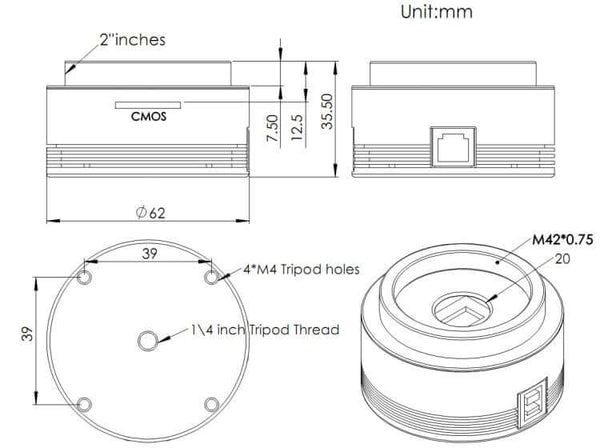





Why Purchase from All-Star Telescope?
Free Expert Support
Whether you are a first timer needing help with setting up or an enthusiast that can't quite make that one thing work, our expert staff are ready to support your needs. With decades of knowledge and first hand experience we've been there and we can help you through it!
Stress Free, Secure Transactions
You can trust purchasing and delivery with All-Star Telescope. All of our transactions are 100% secure and Level 1 PCI DSS compliant thanks to Shopify's ShopPay platform. For additional protection, we insure 100% of the value of every shipment we make. If it get's lost during shipment, we replace it. If it gets damaged during shipment, we replace it. We make sure your product arrives exactly as you would expect it to; we promise.
We also ensure privacy protection. We never keep any of your credit card information on file and any of your personal data is stored according to our policies.
30 Day Return Policy
Buy with confidence knowing that we accept returns up to 30 days after purchase. We want you to have something you will actually use and we are confident that we keep good quality products in our store with No Junk.
Price Match Promise
Shipping around for the best price is tough, we make it easier by offering the best pricing in the market. But if you find a better price on an in-store item somewhere else we will match it!
Product Description
This product has been discontinued!
Back-illuminated CMOS Image Sensor with 14bit ADC. ASI178MC has a 1/1.8″ and 6.4M pixels sensor IMX178 with SONY STARVIS and Exmor R Technology.
Sony IMX178 CMOS Sensor Features
- High sensitivity, high resolution, and high dynamic range is yours with the Sony IMX178 back-illuminated CMOS image sensor!
- The IMX178 is an "Exmor R" sensor, with significantly enhanced imaging characteristics, including sensitivity and low noise, by changing fundamental structure of "Exmor" adopted column-parallel A/D converter to back-illuminated type.
- Sony STARVIS sensors, of which the IMX178 is one, features sensitivity of 2000 mV or more per 1µm²*, and realizes high picture quality in the visible and near infrared light regions.
- High dynamic range was achieved by featuring 14 bit ADC, which reduced quantization noise and suppressed dark random noise. This enables clear image quality in light and dark areas, even when imaging objects with high contrast.
Extremely low read noise(2.2 e) , high sensitivity and 14bit ADC make it very suitable for astronomy and microscopy photograph
USB 3.0 Port & ST4 Port
USB 3.0 Port: Can provide 5Gb bandwidth to let ASI178 run at 30 fps (14bit, normal mode) or 60 fps (10bit, high speed mode) at full resolution(6.4Mega).
ST4 Port: Can be used connect with auto guide port of mount, for guiding.
Specifications
| Sensor | Sony 1/1.8" CMOS IMX178 |
| Resolution | 6.4M |
| Image Array | 3096 x 2080 |
| Peak QE | 81% |
| Pixel Size | 2.4um |
| Max Frame Rate at Full Resolution | 60 FPS |
| Max Frame Rate at 640 x 480 | 253.1 FPS |
| Window | IR-Cut |
| Guide Port | ST4 |
| Shutter | Rolling |
| Exposure Range | 32us - 1000s |
| Read Noise | 2.2e |
| Interface | USB3.0/USB2.0 |
| Bit Rate | 14bit output (14 bit ADC) |
| Adapter | 2" to 1.25"/M42 x 0.75 |
| Dimensions | 62 mm Diameter by 36 mm |
| Weight | 120g (4.2oz) - without lens |
| Working Temperature | -5ºC - 45ºC |
| Working Relative Humidity | 20% - 80% |
Additional Articles, Videos, and Links
External Links
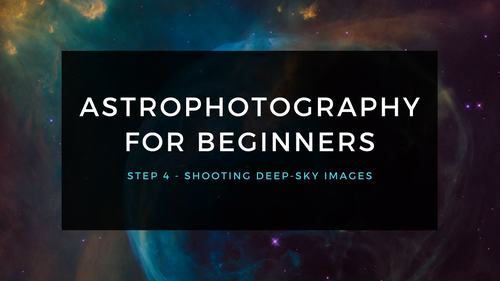
Astrophotography for Beginners Step 4: Shooting Deep-Sky Images
Taking deep sky pictures can be daunting, luckily there is an easy process to follow to allow you to get great shots! Here is the typical process for actually taking deep-sky images in the field.

Astrophotography for Beginners Step 3: Choosing Gear for Deep-Sky Imaging
Using a star tracker gains you experience with the fundamentals of deep-sky imaging. Shooting the Moon gains you experience focusing and framing through your telescope. Through your sessions you’ll...

Astrophotography for Beginners - Start Here: Getting into Astrophotography Step by Step
Shooting the night sky has never been more popular, nor easier. The choice of equipment has also never been better, or more affordable. However, as per the advice given by Dickinson and Dyer in the...
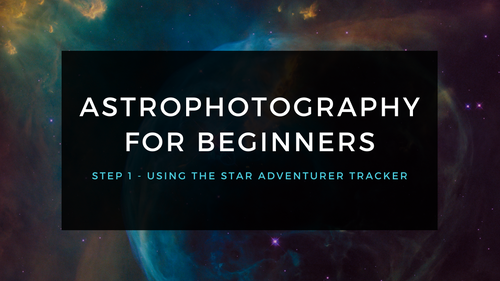
Astrophotography for Beginners Step 1: Using the Star Adventurer Tracker
By far the most economical and easiest way to capture beautiful images of the Milky Way and large deep-sky objects like the Andromeda Galaxy (shown here) is to use a star tracker. Here are steps an...

Astrophotography for Beginners Step 2: How to Shoot the Moon
Close-ups of the Moon are rewarding, and an easy way to learn to shoot through your telescope. While good results are possible with a phone camera clamped to an eyepiece (as shown below), this tuto...


